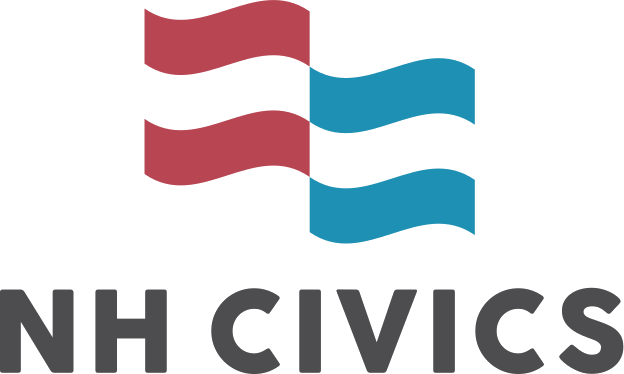Separation of Powers and the Debt Ceiling
Abstract:
The Constitution created a federal government based on the principle of separation of powers among the branches in order to prevent the abuse of power so feared by our Founders. That separation of powers provides Congress with the power to tax, spend and borrow money while execution of those policies falls on the President. In addition, Congress has created a statutory debt ceiling that limits federal government borrowing, while at the same time passing spending policies that can and sometimes do exceed the very debt ceiling Congress has established, creating conflicting orders for the executive to enforce. Further complicating matters is the meaning of Section 4 of the Fourteenth Amendment regarding the validity of the public debt of the United States and the burdens Section 4 imposes on Congress and the President. These Constitutional issues could intersect and put the President in the precarious position of deciding the constitutionality and necessity of continuing to borrow money on behalf of the federal government in excess of the debt ceiling in order to avoid default.
Essential Questions:
- Does the Constitution give the President the authority to continue borrowing money in excess of the debt ceiling in order to avoid default?
- Should the President continue borrowing money in excess of the debt ceiling in order to avoid default even if the Constitution does not expressly grant the President authority to do so?
Materials and Documents
Related Links
Videos and Media
The Declaration of Independence marks the first such document declaring the equality of men.
Every day, we move and operate within systems of power that other people have constructed. But we’re often uncomfortable talking about power. Why? Eric Liu describes the six sources of power and explains how understanding them is key to being an effective citizen.
Article II of the United States Constitution allows for three separate branches of government (legislative, executive, and judicial), along with a system of checks and balances should any branch get too powerful. Belinda Stutzman breaks down each branch and its constitutionally-entitled powers.
Craig Benzine teaches you about the US Governments Separation of powers and the system of checks and balances.
In June 1776, a little over a year after the start of the American Revolutionary War, the US Continental Congress huddled together in a hot room in Philadelphia to talk independence. Kenneth C. Davis dives into some of the lesser known facts about the process of writing the Declaration of Independence and questions one very controversial omission.
“Extremely non-biased and wonderful information that students can access!”
Looking for more information?
Please contact us with any questions you may have about any of our programs or would like additional information.
